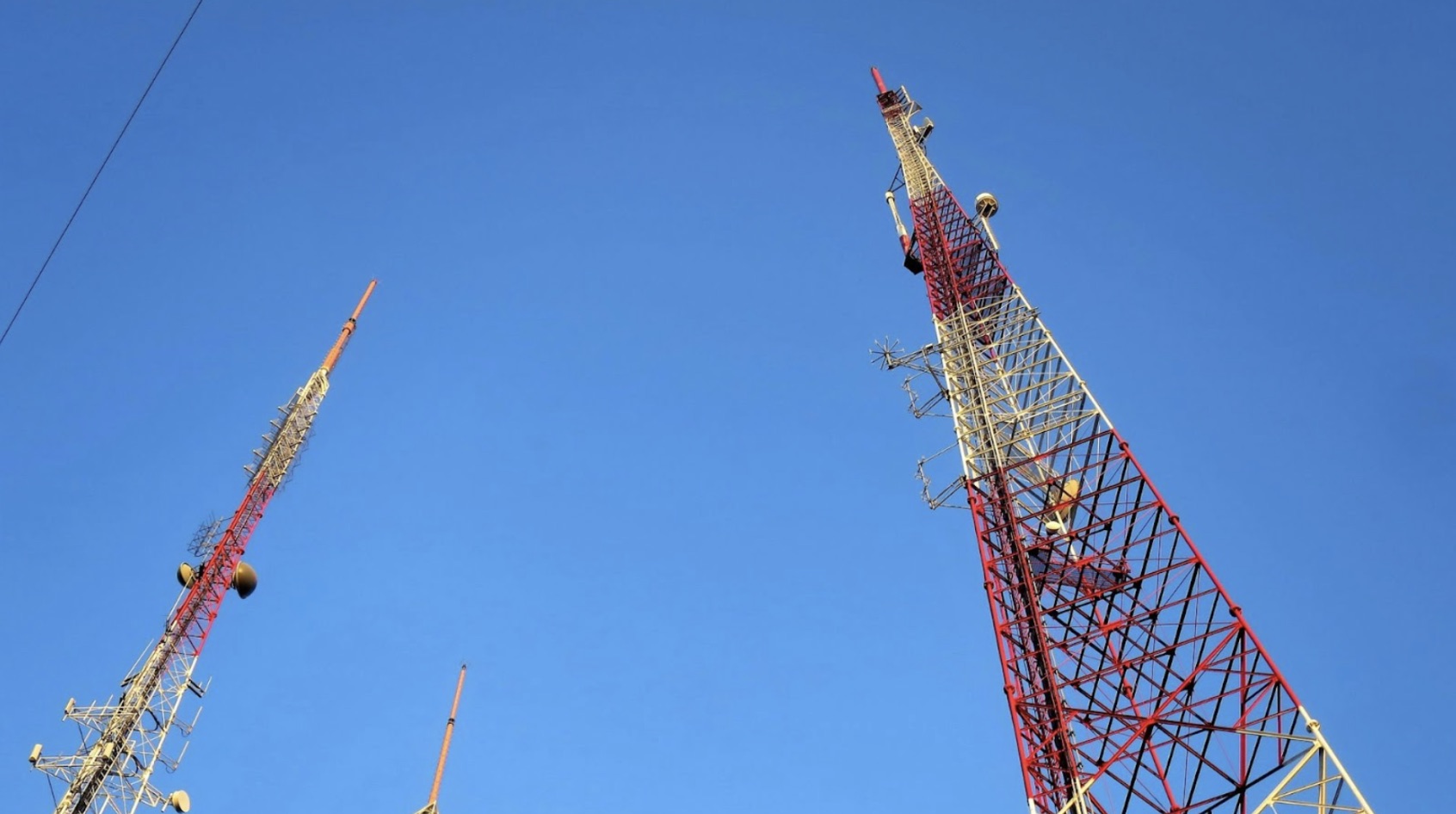Rural and indigenous communities around the United States are increasingly at risk of potentially losing cell service thanks to a lack of government funding.
This possibility stems from a 2019 law that has made it illegal for U.S. telecom networks to use equipment that was made in China. While the government has promised to give out reimbursements for the changes the telecom companies will have to make, a large percentage of this money hasn’t been seen by U.S. companies affected.
A 2019 Law

In 2019, President Donald Trump issued an executive order that made it illegal for American telecom providers to purchase any supplies or equipment that was made by companies from a “foreign adversary” nation.
This includes China. In 2020, Congress passed the Secure and Trusted Communications Networks Act, which allowed the FCC to start a “rip-and-replace” program.
Rip-and-Replace

This rip-and-replace program would help many companies in the U.S. who have to now change their telecom systems to meet the new law requirements.
The government has promised to provide reimbursements to companies that qualify for this rip-and-replace program. However, reporting suggests that these promises have largely been unfulfilled.
Banning Chinese Hardware

For years now, many politicians and federal officials have been trying to ban Chinese telecom and internet equipment. Trump’s executive action helped speed this task along.
Though large companies like Verizon and Sprint haven’t been using Chinese equipment for a long time, many smaller telecom companies do, as these materials are cheaper when bought from China.
Chinese Telecom Materials

Chinese corporations like Huawei and ZTE were notable companies in the U.S. once upon a time, as smaller companies could buy their equipment for a much cheaper price than what was offered in the U.S. or elsewhere.
Now that these materials are banned, many small companies around the U.S. have to completely change their systems — at a high cost.
Qualifying For Help

As the government saw that many small companies would be hurt greatly as they tried to follow this new law, Congress allowed a reimbursement program to be offered.
To qualify for this rip-and-replace program, telecom companies must provide coverage to less than two million people. Therefore, the large telecom corporations do not qualify for these reimbursements.
Reimbursements Haven’t Been Sent Out

However, the program quickly hit a snag. According to many companies that have qualified for these reimbursements, they haven’t seen any of the money they were told they would get.
As there are deadlines for when they need to be rid of their Chinese-made equipment and materials, many companies are worried that they won’t have their systems back in place in time.
Issues From the Start

From the get-go, this program has had a lot of issues. Under President Joe Biden’s administration, FCC Chairwoman Jessica Rosenworcel wrote a letter to Congress explaining that 40% of local telecom companies could not replace their equipment without more government funding.
The FCC then estimated that an additional $3 billion needed to be set aside for this rip-and-replace program — on top of the already approved $1.9 billion.
Raising More Money

While the FCC has declared more money is needed, many companies haven’t received any of the reimbursements they thought they would have by now.
Recently, Senator Maria Cantwell (D-WA) has tried to help solve this problem by announcing the Spectrum and National Security Act. This act will raise the $3 billion in additional funding that the rip-and-replace program needs.
A Small Number of Completions

According to Rosenworcel, telecom companies have between May 2024 and February 2025 to complete their rip-and-replace changes.
However, the FCC has reported that barely any companies have successfully completed the job. So far, only five of the rip-and-replace program’s recipients have fully finished their transitions.
Extensions Have Been Granted

Many companies have seemingly been aware that they aren’t going to be reimbursed any time soon — and that they’re not going to have their transitions done by the deadline they were given.
As a result, many extensions have been filed. About 52 of these extensions have been granted. More may be seen in the near future as the funding for the rip-and-replace program remains problematic.
What States Are Affected?

If these companies do not have their systems completely overhauled by the deadline, there is a threat that American citizens could experience a loss of local cell and internet coverage.
Many states could be impacted. At the very least, Americans in Alaska, Colorado, Michigan, Missouri, New Mexico, Tennessee, Kansas, and Oklahoma could face coverage losses.


